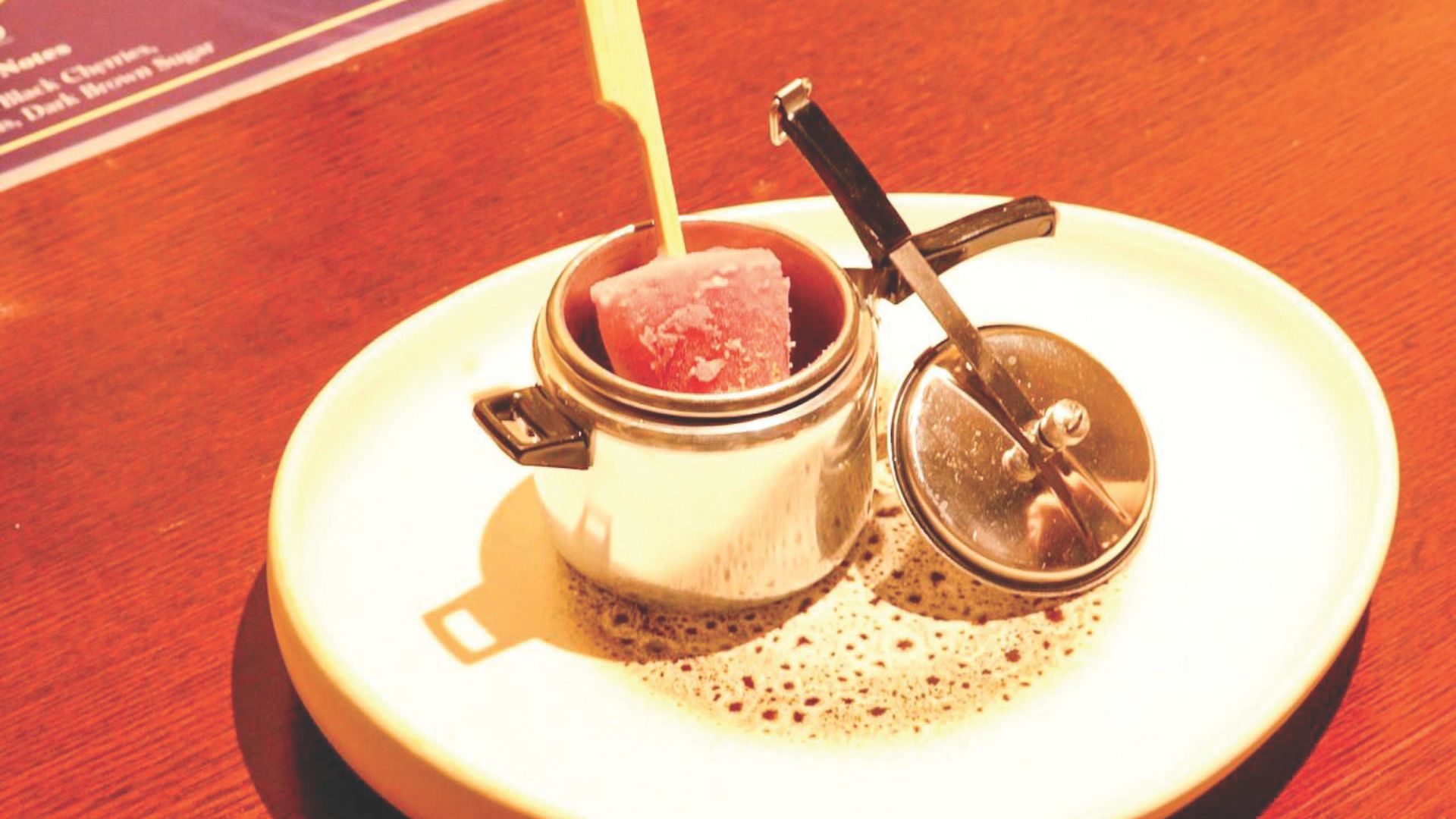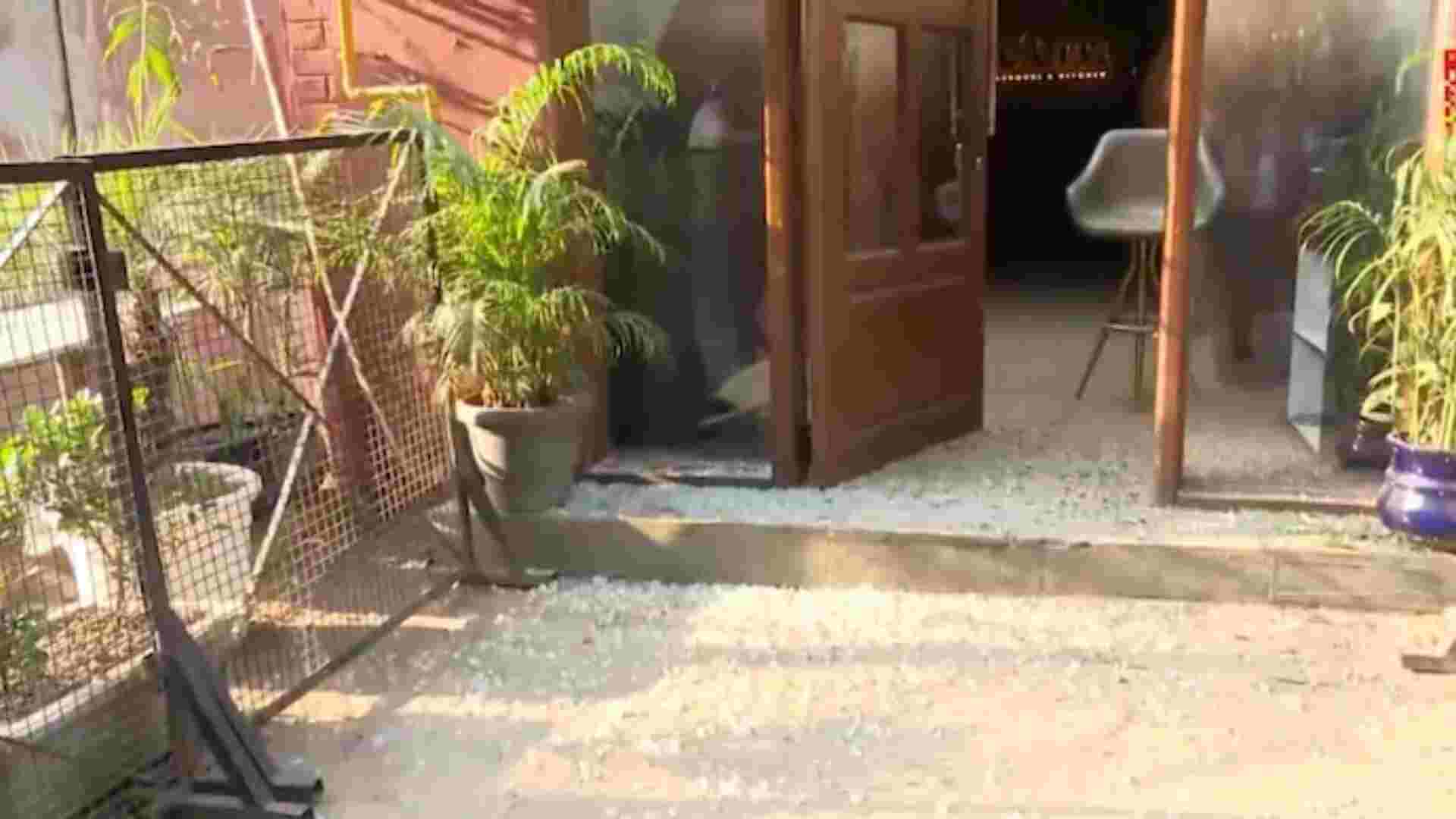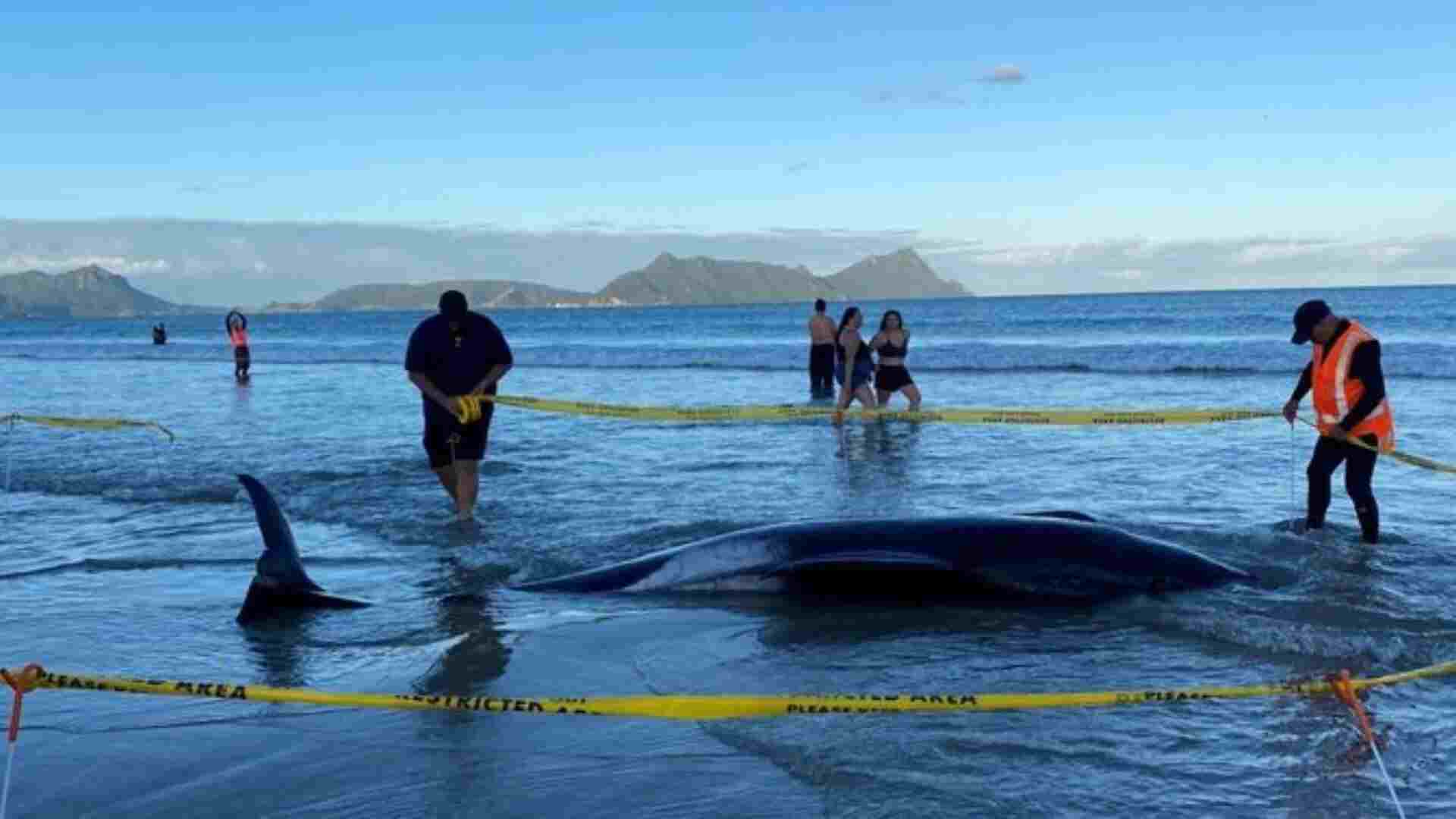
As autumn ends and the cold winter months set in across northern regions, many golfers pack up their clubs and gaze longingly out the window waiting for spring. After all, golf is traditionally viewed as a warm weather activity best suited to sunshine-filled days on the course. Yet amid the dropping temperatures, a growing number of enthusiastic golfers are embracing the challenge of winter play. Equipped with specialized cold weather apparel and equipment, these hardy souls take to snow covered fairways and frosted putting greens to continue their golf season year-round. This content is mutually created in collaboration with Viprow Sports.
Far from a niche activity, winter golf is surging in popularity at resorts and daily-fee courses across the northern United States and Canada that remain open during cold months. Other courses closed to the general public often specially prepare to host club championships and turkey trots for their members. Dedicated golfers are drawn by less crowded tee times, lower rates, striking autumn scenery and the self-satisfying accomplishment of overcoming the elements to sink pars and birdies amid snow flurries. As clubs continue enhancing cold-weather turf management and amenities, winter play promises to win over even more fair weather friends.
While adjusting strategy for slower greens, restricted mobility and other cold weather challenges, aspects of winter golf will seem familiar. The ultimate goal remains recording the lowest possible score. But stepping to the first tee in freezing temperatures introduces both equipment preparations and mental adjustments. This guide covers all the essential knowledge and gear for winter golfing from the correct outfit layering system to gameplay alterations required once snow blankets the course. While the conditions add difficulty, winter golf unlocks an entirely new season to enjoy this addicting sport.
Before battling the elements, taking time to appropriately outfit your body and equipment bag makes winter golf more safe and enjoyable. The correct attire and gear helps battle the cold, wind and wet conditions while allowing flexibility to unleash your normal golf swing. Consider the following winter-specific recommendations:
As autumn ends and the cold winter months set in across northern regions, many golfers pack up their clubs and gaze longingly out the window waiting for spring. After all, golf is traditionally viewed as a warm weather activity best suited to sunshine-filled days on the course. Yet amid the dropping temperatures, a growing number of enthusiastic golfers are embracing the challenge of winter play. Equipped with specialized cold weather apparel and equipment, these hardy souls take to snow covered fairways and frosted putting greens to continue their golf season year-round.
Far from a niche activity, winter golf is surging in popularity at resorts and daily-fee courses across the northern United States and Canada that remain open during cold months. Other courses closed to the public often specially prepare to host club championships and turkey trots for their members. Dedicated golfers are drawn by less crowded tee times, lower rates, striking autumn scenery and the self-satisfying accomplishment of overcoming the elements to sink pars and birdies amid snow flurries. As clubs continue enhancing cold-weather turf management and amenities, winter play promises to win over even more fair weather friends.
While adjusting strategy for slower greens, restricted mobility and other cold weather challenges, aspects of winter golf will seem familiar. The ultimate goal remains recording the lowest possible score. But stepping to the first tee in freezing temperatures introduces both equipment preparations and mental adjustments. This guide covers all the essential knowledge and gear for winter golfing from the correct outfit layering system to gameplay alterations required once snow blankets the course. While the conditions add difficulty, winter golf unlocks an entirely new season to enjoy this addicting sport.
Before battling the elements, taking time to appropriately outfit your body and equipment bag makes winter golf more safe and enjoyable. The correct attire and gear helps battle the cold, wind and wet while allowing flexibility to unleash your normal golf swing. Consider the following winter-specific recommendations:
The key to maintaining warmth while retaining flexibility lies in properly layering your clothing. Start with a breathable moisture-wicking base layer top and bottom made of silk, wool or synthetic fabric. Avoid cotton as it holds sweat and moisture. This base pulls perspiration from your skin so inner layers stay dry.
Next, add an insulating middle layer or two made of wool, fleece or down fill depending on temperatures. Garments like sweaters, hoodies and vests trap air and heat close to your body. Finally, protect against the elements with an outer shell jacket and pants made of waterproof, windproof materials. Having different mix-and-match layers gives you flexibility to add or remove pieces as you heat up swinging and moving or cool down standing around. Target having everything from lightweight 32 degree gear up to Arctic armor for below zero wind chills.
Along with improperly protecting extremities leading to dangerous issues like frostbite, cold hands and head ruins your golf game. Battling numb fingers during a swing or icy ears throwing off equilibrium makes even short putts seems impossible. Ensure you can fully concentrate by keeping hands and head toasty.
Invest in quality lined and waterproof golf gloves. Trying out a few options allows determining which provide best warmth, flexibility and grip – factors that differ person to person. Some prefer mittens or fingerless gloves for better feel while swinging. Always carry a few spare pairs in case one gets wet. Disposable hand warmers can be a lifesaver when experiencing extreme cold. Did you know you can buy rechargeable versions?
For your head, wear breathable base layer skull caps under your hat or visor. They come in various materials like lightweight synthetics, merino wool and silk. Use earmuffs or headbands to cover ears plus face masks that protect cheeks without interfering with vision. Neck gaitors provide face coverage with easy on/off between shots. Space age materials like 3MTM ThinsulateTM and PrimaLoft® insulation works well across all cold weather gear.
Proper winter footwear provides insulation and waterproofing especially important with cold and wet conditions. Look for boots with deep treaded soles offering traction to prevent slipping on ice and in snow. While some winter golf shoes focus solely on traction, adding warmth makes a huge improvement in comfort. Brand-name manufacturers like FootJoy, ECCO, Skechers and UnderArmour offer popular models. For extreme cold, layer knee-high ski socks over thin moisture wicking golf socks. Always bring extra socks in case your feet get damp. Wet socks transmitting cold right to the bones is brutal.
When selecting your shell jacket and pants, utilize helpful technical features winter products incorporate. Look for adjustable velcro wrist straps allowing sealing out the elements without limiting swing motion. Chest pockets keep scorecards and phones protected and handy. Secure zippered thigh vents offer quick cooling adjustment without breaking stride to disrobe layers. Garments with zip-in compatibility integrate with the brand’s insulating layers. Finally, for maintaining swing rhythm without body restriction, seek flexible and stretch fabric shells. Popular brands like Callaway, UnderArmour, Adidas and Columbia offer quality winter lines.
Beyond apparel, winter’s effect on turf and ball flight alters ideal club selection that must adjust from summer play. Plus bulky cold gear changes mobility and swing speed also shifting best club choices. Always start by placing winter golf balls like Titleist’s DT TruSoft or TaylorMade’s TP5X in your bag as the multi-layer construction better resists premature cracking from club strikes in cold weather. The softer compression feels better with less than fully compressed impacts too. Now consider the following winter-specific equipment adjustments:
Between slower clubhead speed from restricted winter gear and less ball compression in cold air, expect shorter shots than normal. Club up selecting one less iron to match usual distance gaps e.g. hit 6-iron instead of normal 7-iron. For partial shots, narrow gapping by removing every other wedge e.g. carry pitching wedge & lob wedge skipping the gap wedge for winter. The ball flies shorter anyway allowing remaining wedges to cover all in-between distances.
Again allowing for ball flight loss in cold air, consider using lower lofted drivers in winter adding roll in fairways to maximize distance. Swapping from regular 10.5 degree loft down to 9 or even 8 degrees makes a noticeable yardage improvement. Lower spin produces a boring yet longer flight. Ensure properly adjusting launch angle and spin rate at your club fitting. New adjustable hosel drivers simplify making the seasonal change.
Start by upgrading putter grips to properly sized winter versions allowing wearing thick gloves or mittens. Some of the good ones are available at Golf Avenue. Wider grips feel better and promote consistency in cold conditions. Next, keep an early season practice putter for home since winter turf wrecks club grooves. Then switch your gamer once greens improve closer to spring. You want preserved fresh grooves for smoother rolling warmer weather putts. Lastly, carry alignment balls and an extra sweater clip for reading tricky winter putts obscured by frost, leaves and footprints.
While much equipment preparation readies your game for winter’s wrath, several strategic adjustments also prove important once stepping onto the frosted course. Do not expect swinging smooth mid-summer form while bundled under multiple thick layers. Similarly, nuanced green reads get trickier with temporary surfaces and leaves obscuring breaks. Consider incorporating these playing tips for improving scores during your winter round:
All golfers understand the importance of proper warm-up and stretching before a round. But the enhanced risk of pulled muscles from bulky winter clothing and cold air stiffness amplifies this need when winter playing. Take time to get your swing limbered up along with happening the chemical reactions in muscle tissue needed for powerful rotational movement. Start with light calisthenics before hitting balls – arm rotations, torso twists and deep knee bends using clubs for balance aids safe stretching. Gradually build into fuller swings as you loosen up. Then head to first tee ready to stripe it down the fairway.
Colder air and run-off from frozen turf creates firmer, tighter fairways during winter. Take advantage by strategically positioning drives utilizing this accelerated ground roll. Play corner‐to‐corner on doglegs lining up wider landing areas. When laying up on par 5’s, add extra clubs confident of extended rollout toward greens. Upslope topography and downwind holes also set up well for bounding winter drives. Just beware of harder ground increasing twitchiness when shots land askew. Keeping it in play proves vital with golf balls camouflaging in dormant tan grass and fallen leaves.
Bone chilling winter winds exaggerate already shorter shots in cold temperatures. Make proper club adjustments when hitting into gusty headwinds by adding extra loft or clubbing up similar to high altitude play. For example, consider hitting 5-iron instead of the usual 6-iron allowing for the ballooning trajectory needed when piercing cold air barriers. Do not expect your standard neighborhood aerial yardages in windy winter rounds. Play conservatively using loft as your friend for somewhat shorter yet steady drives.
Restrictive extra gear layers make replicating your normal free-flowing swing challenging during winter rounds. Avoid overswing and over compression by simplifying mechanics with compact backswings and moderate torso rotation. Focus on quality balanced motion without all the unnecessary elements you integrate more easily in summer. Shallow swing planes also help maintain body warmth compared to deep tissue chilling backswings. Prioritize solid rhythmical tempo over aggressive acceleration for consistent winter ball-striking.
Successfully navigating tricky winter greens separates excellent scores from those ruined by 3-putts. Prep by taking a long look at practice green or early holes to understand temporary turf characteristics. Feel out softened areas, grainy imperfections and frosty or muddy sections affecting rolls. Also determine hole locations moved toward center and if temporary greens are cut shorter than summer heights. Finally, watch a few groups putt out before stepping onto tricky surfaces yourself forewarned. When putting, hit firmly ensuring balls reach temporary cup liners many clubs install raising holes above imperfect turf. Lagging close then carefully tapping in also proves an effective winter putting strategy.
While keeping your swing and putting stroke grooved takes precedence in winter golf, also remember caring for your body. Drink ample water before and during rounds as dehydration sneaks up faster in dry cold air. Keep a thermos of hot coffee or soup handy for instant warmth restoration when needed. Use periodic restroom breaks as an opportunity to stretch tightened muscles and joints too. When required waiting on groups to hit from warmth of the cart barn, perform some quick calisthenics to gets blood flowing. Do not allow your only exercise being the 18 holes themselves. Staying loose is vital for both effective ball striking and injury prevention.
While diehard golfers have been known to hit the links with snow cover and sub-freezing temperatures, most winter play occurs on days reaching above 32 degrees Fahrenheit. Courses remain open as long as turf conditions safely allow play even if requiring temporary greens and pins moved toward center fairways. Frost delays commonly occur until thawed. Generally temperatures in the 40s allow for comfortable winter golf with proper layering.
Contact the golf club directly about winter play availability, recommended booking times and accessible holes on any given day. Many establish a winter rules hotline with daily updates on course status during off-peak season. They communicate frost delays and temporary closures due to snow, ice or flooding. Course websites also outline policies regarding usage of temporary greens and winter rates so review before play.
To protect both expensive club investment and playing surfaces, avoid hitting shots that require steep divots or risk sticking clubfaces in softened ground. Courses discourage winter play immediately after thaws or during spring months once turf emerges vulnerable from dormancy. If unsure of appropriate conditions, call the pro shop before heading out. Carrying older backup clubs also saves wear on prized gear when conditions cause inevitable scuffing.
Many clubs offer reduced pricing to incentivize winter play and retain club revenues during slower months. This allows capitalizing on savings through discounts like free carts, range access or warm beverages. Lower pricing applies to daily fees, membership dues and sometimes club storage or services too. Taking advantage means enjoying premium courses at budget rates before tourists return when weather warms.
While normal golf shoes work for many, cold temperature rounds benefit from insulated and waterproof models built for winter. Some feature extreme traction lug soles helpful if playing after recent non-accumulating snowfalls that leave slippery spots. For substantial snow depths, experiment with attaching coarser spikeless overshoes with more bite to your existing shoes keeping them dry underneath. These “snow spikes” available from multiple brands provide stability while preventing packed snow buildup on shoes.
With winter golf’s popularity rising across northern regions, more questions around ideal gear, playing strategies and conditions will continue arising. But the rewarding feeling besting Old Man Winter out on the links persists no matter the temperature. Just dress appropriately, make some slight adjustments and winter golf provides a wonderful off-season way to keep your game sharp before spring.
While winter golf certainly introduces equipment preparations and strategic adjustments compared to balmy summer medians, embracing the challenge brings satisfaction along with unique beauty. Taking advantage of offseason specials like discounted rates and less crowded courses means more opportunity to hone your game before the main season’s tee sheet fills up. Appreciate striking scenery from autumn leaves to pristine snow-globe conditions after fresh snowfall. Socializing safely around patio heaters with hot food and drink heightens seasonal camaraderie.
Improving winter skills also better prepares you for prime golf season – mastering solid ball-striking without maximal effort or perfect lies, recovering wayward shots from obscuring rough, lag putting on grainy greens. Plus the sense of accomplishment from carding a good score despite the challenging conditions carries confidence forward when temperatures ultimately climb again. Consider winter play a chance to build golfing resilience while surrounded by the peaceful solitude of a quiet snow-covered course.
By planning ahead with proper attire and equipment while making strategic alterations, winter golf provides a rewarding way to continue your passion year-round. The preparations to enjoy may take a bit more effort compared to ideal summer days, but overcoming the weather on the way to shooting your handicap or better amid the elements brings an unparalleled feeling of satisfaction.













